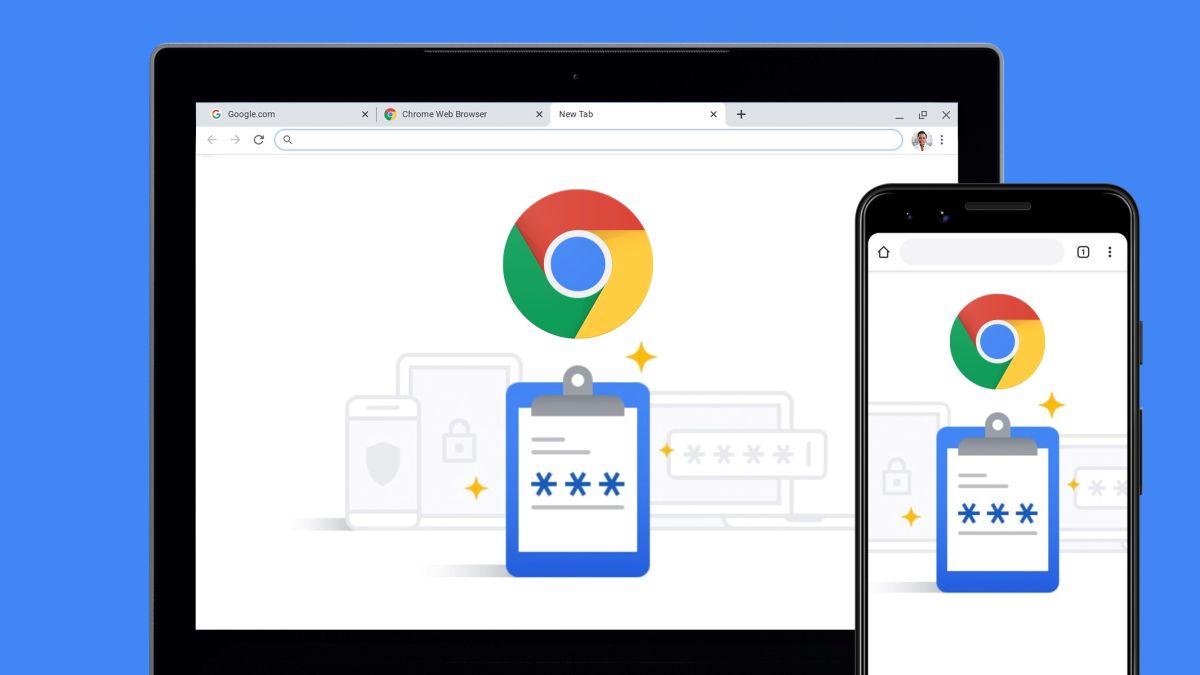How to Make Google Password Manager Available in Other iPhone Applications
Install Google Chrome on your iPhone to quickly access your login information saved in the Google Password Manager in other apps.
Although Apple provides an iCloud Keychain password manager for its whole ecosystem, it might not be the best option for you. Your credentials may already be kept in Google Password Manager if you recently converted from an Android to an iPhone or use the password manager on Chrome on your Windows desktop.
Whatever the cause, it can be annoying not to be able to access your iPhone’s passwords for other apps. Moreover, the capability is only available on Mac; there is no way to import passwords from the Google Password Manager to iCloud Keychain Passwords using an iPhone. So, are you stuck manually entering passwords into every new program or website if you don’t own a Mac?
Thankfully, iPhone won’t abandon you. Setting up your iPhone’s Google Password Manager to automatically fill up passwords for all apps is rather simple. Let’s move forward!
Install Google Chrome.
The most common problem is the lack of a standalone Google Password Management tool. Installing the Google Chrome browser on your iPhone is necessary in order to access the Google Password Manager.
Tap the “Search” icon in the bottom right corner of your iPhone to open the App Store and look for “Google Chrome.”Open the app after installation is finished and log in with the Google account that contains your passwords.To sync passwords on this device, select “Yes, I’m In” from the “Turn on Sync” prompt.The saved passwords in your Google Password Manager are now ready to be filled in automatically in Google Chrome.
The Google Password Manager for Other Applications should be enabled.
Go to your iPhone’s “Settings” app to enable the Google Password Manager for Safari and other apps.
Then, tap the “Passwords” option after swiping down.
Read also:
The biggest advantages and disadvantages of Web 3.0
FG Mobile and Web Software Development 2022
To access the Passwords settings, you must authenticate using Face/Touch ID or the device passcode.
Next, press the tile that says “Password Settings” at the top.If “AutoFill Passwords” is not already turned on, turn it on. Tap “Chrome” to pick it in the “Allow Filling From:” area.The Google Password Manager’s auto-fill feature will be activated; tap “OK” to dismiss the prompt.At this time, auto-fill will be available from both Chrome and iCloud Passwords & Keychain. Tap the “iCloud Passwords & Keychain” option to deselect it if you just want to use Google Password Manager.
Employ Google Chrome passwords in Other Applications
Go to the sign-in page of the app or website in Safari to use the passwords saved in the Google Password Manager there or in other apps.
The keyboard will then appear when you tap either the “Username” or “Password” field. Chrome passwords do not immediately populate the fields like iCloud Keychain passwords do. The password must be manually entered into the fields using Google Password Manager. At the top-right corner of the keyboard, tap the “Key” icon to open the Chrome password manager.To view the passwords, login using Face/Touch ID or the device passcode. The website/saved app’s password will show up at the top; tap it to choose it.
If the Google Password Manager doesn’t offer a suggestion for the current website or app but you are confident that you have the login information saved, you can manually choose the website by typing its name into the search field.
You can log in after the username and password show up in the appropriate boxes.Signing into apps and websites is incredibly simple thanks to password managers. Although the passwords are kept, having to manually input them can be inconvenient. Fortunately, iPhone users who have their credentials saved in the Google Password Manager don’t have to worry about that.

